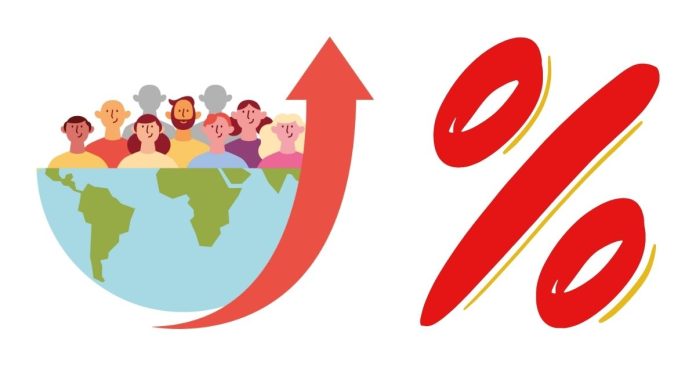The Earth is a dynamic and diverse planet, hosting a wide array of ecosystems that range from sprawling deserts and lush rainforests to urban metropolises and agricultural plains. However, over the centuries, human activity has dramatically reshaped the planet’s landscapes. Understanding how much of the Earth’s land surface is dominated by humans provides insight into our ecological footprint and the challenges of achieving a sustainable balance with nature.
Human Impact on Land Use
Human activities, such as agriculture, urban development, and infrastructure expansion, have left a significant imprint on the planet. According to scientific research, approximately 50-70% of the Earth’s land surface has been affected in some way by human activity. This includes land that has been altered for farming, grazing, forestry, and urbanization.
Let’s break it down further:
- Urban Areas: Cities and towns occupy roughly 1-3% of the Earth’s total land area. While this may seem small, their influence is disproportionate due to resource consumption, energy use, and waste generation.
- Agriculture: Approximately 37% of the Earth’s land surface is dedicated to agriculture. This includes both cropland (11%) and pastureland (26%) for grazing livestock. Agricultural expansion has been a leading driver of deforestation and habitat loss.
- Infrastructure and Industry: Roads, railways, dams, and industrial zones cover additional portions of the land, fragmenting ecosystems and affecting wildlife migration patterns.
Wildlands: What Remains?
Despite extensive human activity, some areas remain relatively untouched. Around 30-50% of the Earth’s land area can be classified as “wildlands,” including vast deserts, tundras, and dense forests. These regions are often remote, inhospitable, or protected by conservation efforts. However, even many of these areas are indirectly influenced by humans through climate change, pollution, and invasive species.
The Ecological Footprint
Human domination of the land has profound implications for biodiversity and ecosystem services. The conversion of natural habitats into farmland or urban areas has led to the loss of countless species, disrupted water cycles, and contributed to climate change. For example, deforestation to make way for agriculture releases carbon stored in trees, exacerbating global warming.
Efforts to mitigate these impacts include reforestation projects, sustainable farming practices, and urban planning strategies that prioritize green spaces and biodiversity.
Balancing Development and Conservation
As the global population continues to grow, striking a balance between development and conservation becomes increasingly critical. Strategies to minimize human impact on land include:
- Protecting and restoring ecosystems: Expanding protected areas and restoring degraded lands can help preserve biodiversity and ecosystem services.
- Promoting sustainable agriculture: Practices such as agroforestry, crop rotation, and precision farming can reduce land degradation and increase productivity.
- Urban sustainability: Designing cities with green infrastructure, efficient public transportation, and renewable energy sources can lessen their environmental footprint.
While humans dominate a significant portion of the Earth’s land, much of it remains in a natural or semi-natural state. However, our influence extends far beyond the land we directly occupy. By acknowledging the scale of our impact and adopting sustainable practices, we can work towards a future where both people and the planet thrive.


